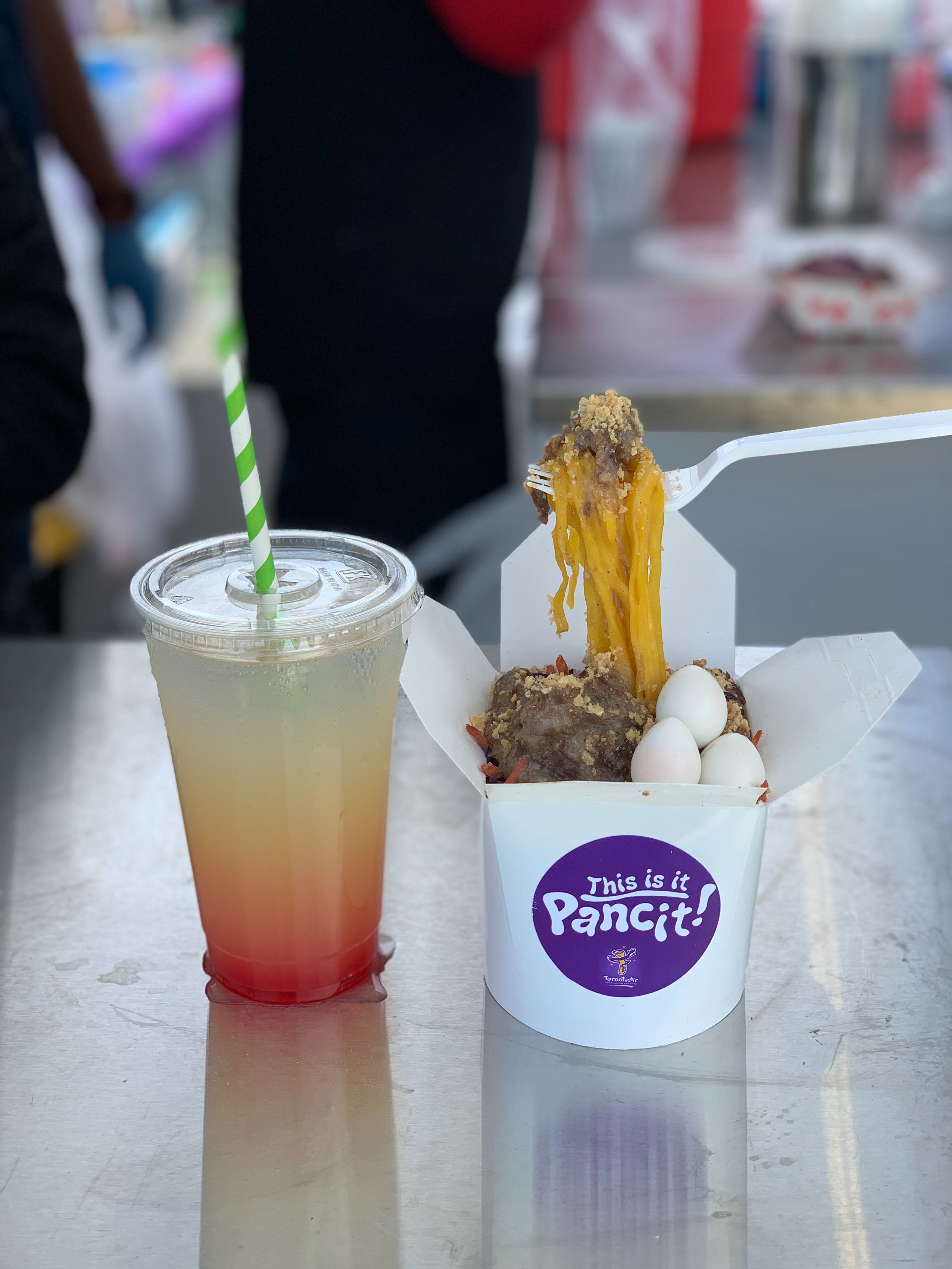Turontastic: Beyond Bananas
“We started as a menu item offered at Coffee Adventure, a cafe in Milpitas, which was co- owned by my business partner, Karen Recinto. Coffee Adventure was a vendor at the Undiscovered SF night market in 2017 and we sold the turon at their booth. But the name ‘Turontasitc’ started when I brought my turon to a birthday party potluck – I dipped half of it in a milk chocolate ganache, and a friend of mine said they were ‘turontastic!’”
Julius Santos of Turontastic explains how something as singular and uncomplicated as turon can so completely encapsulate the hungry imaginations of Filipino people the world over – and how he’s turning everyone’s childhood favorite into something much bigger than fried bananas.
“in the Philippines, turon is the quintiessential Filipino snack. On every corner in Manila, it’s a street food. People eat it any time of day – and it’s a personal childhood favorite, like a lot of people. I grew up in the streets of Cavite and Manila craving turon. But as I grew up, and immigrated, I found that wanted to do something more when the discussions came up with Coffee Adventure about a ‘gourmet turon’. And just like anyone else trying to represent their culture, I wanted to put my best food forward, and represent myself with pride, so I thought about how we could use turon as a vessel to explore Filipino culture,” Julius says.
A former travel writer and host on TFC’s Adobo Nation, Julius’s media work has allowed him to deeply explore the breadth and depth of Filipino cuisine – uncommon perspectives on regional cooking that he’s excited to bring to Turontastic.
“My writing career exposed me to all kinds of Filipino food from around the archipelago — there are so many of our people’s dishes that are so delicious that just aren’t known outside of their home region. We want Turontastic to actually reflect the whole nation — not just Manila. So, even though ube is a recent craze here in the US, our ube turon is carefully based on the traditional ube turon made in Davao. It’s the only place in The Philippines where they have it in the streets. They use a traditional ube halaya, then wrap it up and deep fry it as a turon – and thats the inspiration for our ube mochi turon, which we top with ube ice cream, ube powder, and jackfruit,” he says.
Following through on his intent to share his knowledge and complicate the discussion around Filipino food, Turontastic has grown into a complete experience of flavors that seeks to provide a more complete look at the diversity of the Filipino kitchen.
“We just changed our tagline to ‘Filipino Snacking Experience’, because we have more stuff now to offer — a proper Filipino meryenda. We serve Pancit Batil Patong, a dish from the Tuguegarao in northern Luzon that’s now a craze in Manila. It has a beef-based broth, topped with beef strips, and we use flat egg noodles. And on top of the beef strips, we put ground chicharron and quail eggs. It’s a totally different experience: it looks like the noodles are actually floating,” Julius says.
The uniting thread across Julius’s evolving menu is that Filipino food always has the potential to be a brand new experience, for Filipinos and non-Filipinos alike. Armed with this strategy, Julius executes clever takes on timeless classics by pairing familiar ingredients with unconventional approaches.
What makes our halo-halo different is we use ube snow. Traditionally, halo-halo uses shaved ice and is topped with tropical fruits. Instead, we shave ube ice, or ube snow, and add mochi as well as popping boba. So it’s something that really riffs on things that people might know and like, but might have never tried in the format we present,” he says.
Still, alongside all of this progression, Julius also traces a much simpler story of Turontastic that’s best exemplified by its namesake offering.
“Really, it’s something that started as a birthday gift, and grew. We just want to continue making people happy. And we want to do that by making turon as iconic in the mainstream market as it is to anyone who had a Filipino childhood.”
Written by Paul Barrera, photos by Marky Enriquez.



